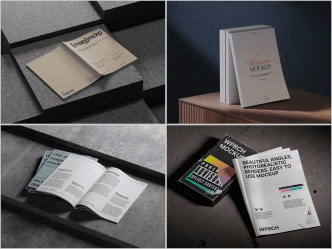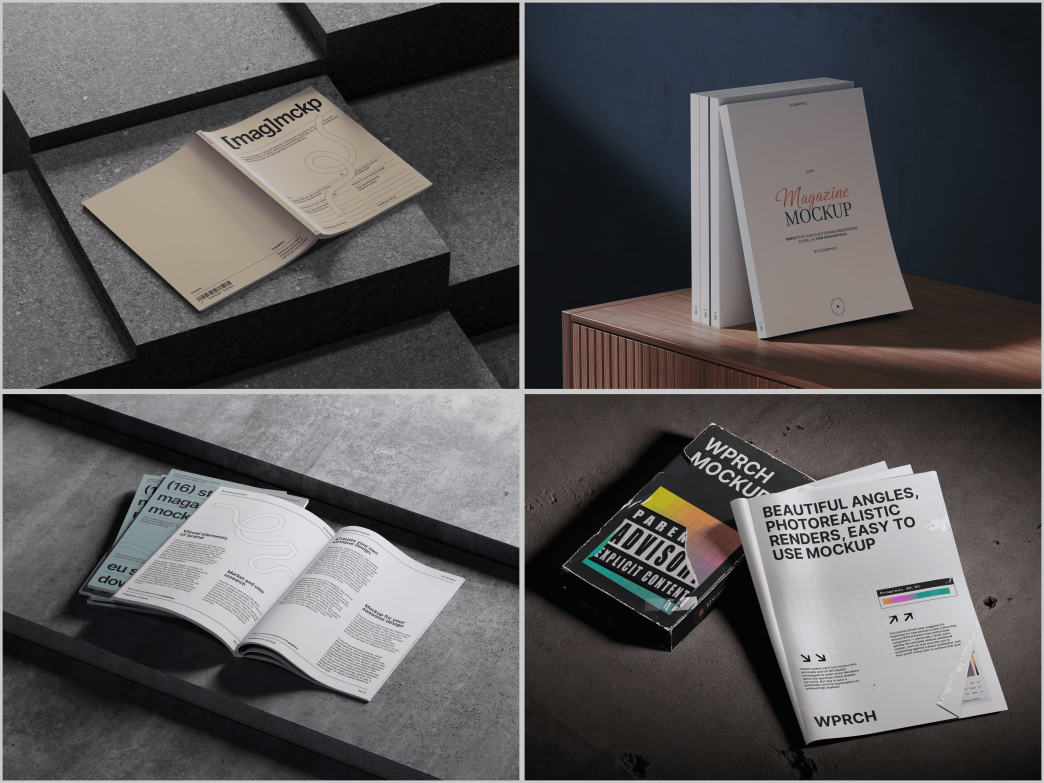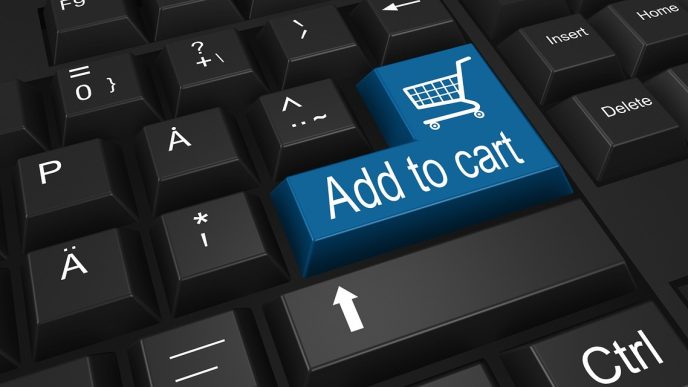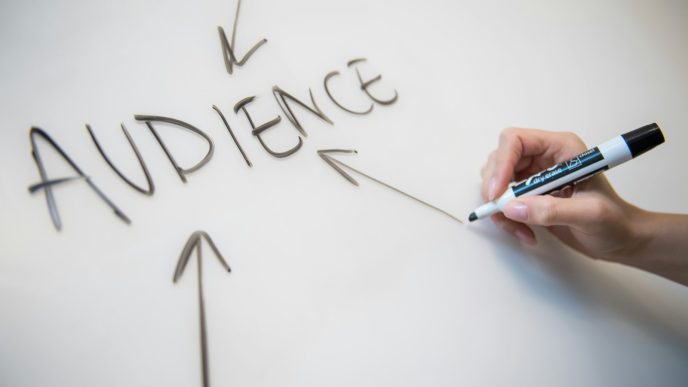In today’s fast-paced design world, creativity often comes at a cost—both financially and environmentally. Traditional print mockups for magazines involve printing multiple prototypes, consuming paper, ink, and other resources. Digital solutions, however, offer an eco-friendly alternative. Using a magazine mockup not only streamlines your design process but also contributes to a more sustainable workflow.
The Environmental Advantage of Digital Mockups
By switching from physical prototypes to digital magazine mockups, designers can significantly reduce waste. Traditional mockups require multiple iterations, each potentially using dozens of pages. Digital mockups eliminate this need entirely. The benefits include:
-
Reduced paper and ink consumption: No need to print multiple drafts or color tests.
-
Lower carbon footprint: Fewer shipments and materials mean less energy is used overall.
-
Reusable assets: One digital template can serve multiple projects, campaigns, or brands without additional resource expenditure.
These small changes collectively make a noticeable impact on sustainability. Digital magazine mockups allow creativity to flourish without harming the environment.
Real-World Applications of Magazine Mockups
Digital mockups aren’t just convenient—they’re practical. Here are some real examples of how designers and marketers use them:
-
Editorial Design Testing: Before sending a magazine to print, editors can visualize layouts, typography, and image placement digitally, avoiding costly physical proofs.
-
Client Presentations: Creative agencies showcase multiple design options in high-quality digital previews, giving clients the freedom to provide feedback without printing dozens of samples.
-
Portfolio Development: Designers can build impressive online portfolios featuring photorealistic magazine spreads without ever touching a single sheet of paper.
-
Marketing Campaign Mockups: Brands can simulate a magazine ad in context to gauge audience reactions, adjusting designs quickly and efficiently.
High-Quality Magazine Mockups at ls.graphics
For designers looking for top-notch digital magazine mockups, ls.graphics provides a comprehensive collection. Their templates are not only high-quality but also user-friendly. You can easily replace images and adjust layouts, making the creative process seamless. Some advantages include:
-
Photorealistic rendering that mimics real magazine textures and lighting.
-
Fully editable files compatible with popular design software.
-
Variety of styles, from glossy fashion spreads to minimalist editorial layouts.
-
Quick customization that allows for rapid experimentation and iteration.
These features make ls.graphics magazine mockups a go-to resource for both seasoned professionals and budding designers.
Streamlining Workflow While Saving Resources
Using magazine mockups saves more than just paper. Time, energy, and production costs are also significantly reduced. Teams can test multiple layouts, color schemes, and typography options without committing to physical materials. Digital previews accelerate decision-making and foster collaborative creativity.
By integrating high-quality magazine mockups into your design process, you embrace a sustainable workflow that balances aesthetics with responsibility. Designers no longer need to choose between quality and environmental consciousness—they can have both.
Conclusion
Digital magazine mockups are more than a convenience—they’re a step toward sustainable creativity. They allow for precise testing, efficient client communication, and reduced resource consumption. Platforms like ls.graphics provide easy-to-use, realistic templates that make digital mockups accessible for every designer.
Choosing digital over physical isn’t just a smart workflow decision; it’s an investment in a greener, more sustainable creative future. By adopting these tools, designers can focus on innovation, presentation, and artistic excellence—while reducing waste and conserving valuable resources.












